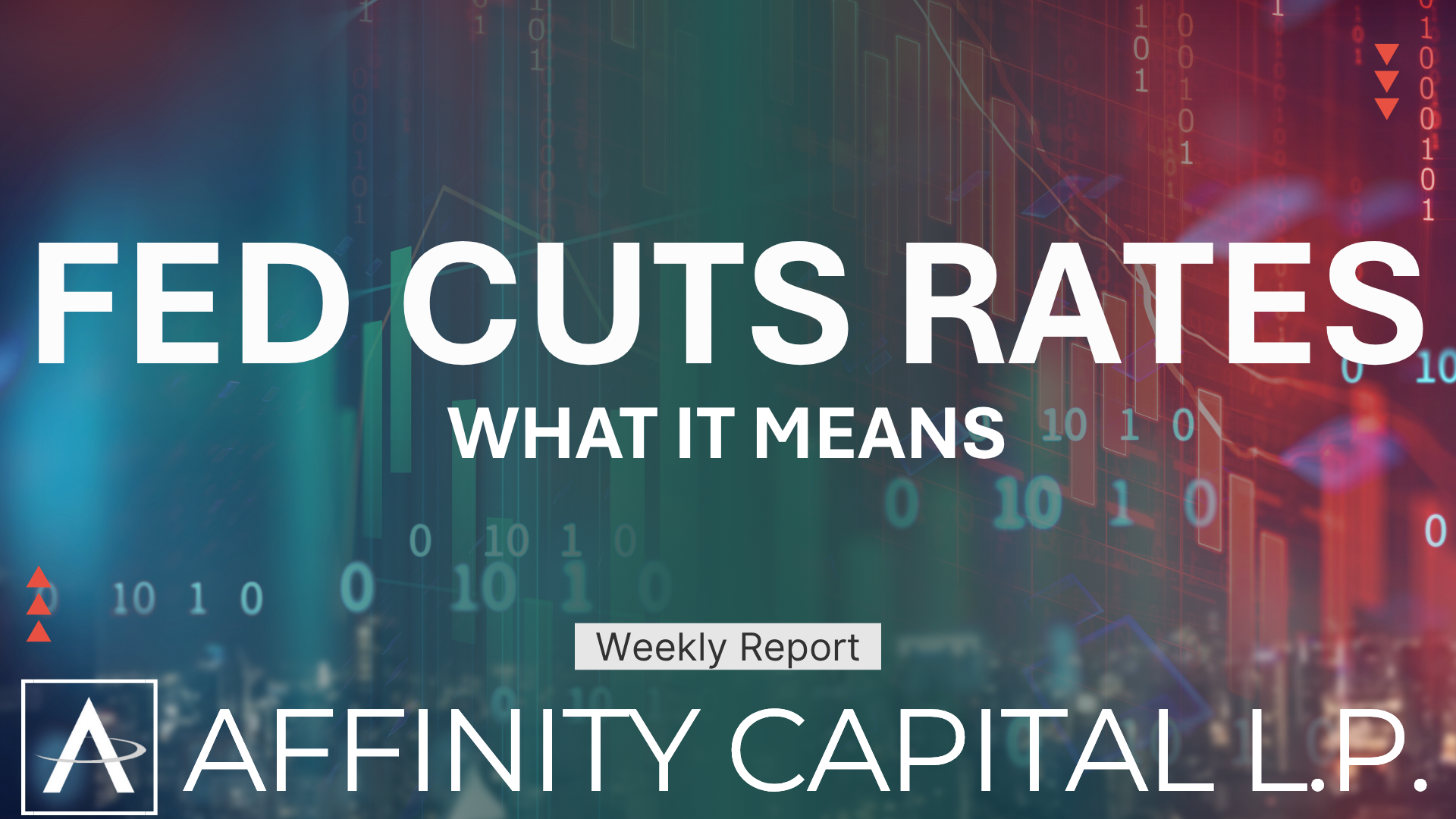Newton’s Laws of Motion: Rising Markets and Share Buybacks

We are pleasantly surprised by the strength of the stock market and have maintained our portfolio allocations to participate in these gains even though we have numerous concerns that we highlighted last month. The list includes COVID, inflation, semiconductor chip shortages, general supply shortages, Chinese regulatory crackdowns, the U.S. debt limit, a government “shutdown,” Federal Reserve “tapering,” interest rate risk and rising oil prices.
We have an appreciation for Sir Isaac Newton and his gravitational laws. In the revised edition of Benjamin Graham’s classic text, The Intelligent Investor , it is noted that Sir Isaac stated that he “could calculate the motions of the heavenly bodies, but not the madness of people...” as it related to investing. He lived during the boom and bust of the East India Company, the South Sea Company, and the Bank of England. While he lived a comfortable life, it was not due to his investment acumen.
Sir Isaac taught us in his first law of motion that an object in motion remains in motion unless acted upon by an unbalanced force. We believe our current markets are enjoying this path of least resistance as supported by the continuing economic reopening following COVID and the record amount of corporate stock repurchase plans.
In his second law, he tells us that the acceleration of an object depends on its mass and the amount of force applied. If the acceleration of our object is the re-opening of our world economy, it is as powerful as anything Newton could have imagined. The amount of force applied encompasses many factors, but we are going to focus on corporate stock repurchase plans.
A stock repurchase plan is when a company buys back its shares from the marketplace. This allows a company to use their accumulated cash to re-invest in themselves. The repurchased shares are absorbed by the company, and the number of outstanding shares on the market is reduced.
The company is increasing demand for their stock by purchasing shares on the open market and simultaneously limiting shares in the market by removing those purchased shares from circulation. This keeps the stock price in motion by accelerating the price and increases the force of its earnings.
Fewer shares in the market positively affects the calculation for earnings per share. This is an important and significant data point for all investors to use in evaluating an investment. Simply put, better earnings tend to equal more demand for the stock which equals a rising price.
As an example, and staying with our Sir Isaac Newton theme, Apple has $200 billion dollars in cash and marketable securities. They are on pace to purchase $100 million dollars of their own stock in 2021 alone. It is always a benefit when a company returns money to their investors by purchasing their stock or paying a dividend. A value of share buybacks to an investor is that it can help your investment appreciate without a tax consequence. A dividend is also valuable to an investor, but it is taxable when paid.
A current legislative proposal, the Stock Buyback Accountability Act, would levy a 2% excise tax on the amount corporations spend to buy back their own stock. It is forecasted that stock repurchase plans will reach $800 million dollars in 2021 alone. While the general discussion revolves around the negative effect this may have on our markets, we believe the effect will be muted since share repurchase plans will remain a highly desirable use of excess cash. This tax could lead companies to direct more cash to dividends, which are of course taxable to the investor. This may a better choice for smaller companies with active share repurchase plans.
The Fed and Interest Rates
The Federal Open Market Committee (FOMC) announced the start of balance sheet tapering of U.S. Treasuries and mortgage-backed securities at a pace of $15 billion per month
From our Affinity Capital Blog Post on September 24, 2021
“What is the Federal Reserve “Tapering”?
In response to the market disruptions caused by COVID, the federal reserve began purchasing $80 billion of Treasury securities and $40 billion of agency mortgage-backed securities (MBS) each month. The purchase of such large amount of bonds reduces the supply and the demand from private investors increases which cause the prices to rise. Supply & Demand! This also pushes interest rates down which promotes growth in the economy.
As the economy strengthens, Fed officials began talking about “tapering” their purchase of bonds in the open market. This simply means a gradual slowing of their purchases rather than an immediate stop, which would be a shock to the financial system.”
As the process of slowing the Fed’s purchases begin, it is likely that the door is open to look at interest rates hikes in the second half of 2022. Rising interest rates affect most all investments in one way or another and as your portfolio manager, this is an issue to which we remain attentive.
Interest rates and inflation go hand in hand. We are all seeing rising prices at the gas pumps, supermarkets, restaurants, utilities …everywhere. Of course, these issues affect your investments but there are many strategies to both minimize their effects as well as profit. Please know that the effects of interest rates and inflation are actively being addressed in your portfolios.
From our Affinity Capital Blog Post on September 24, 2021
“… we believe part of our job is to worry for you so you can sleep better at night. We are always concerned about what might affect your portfolios and then try to minimize those concerns… Our response for much of this year has been to lean towards value versus growth and focus on traditional guards against inflation such as financials, convertible bonds, interest-rate hedged bond funds… The good news is that our long-term approach to investing has been to always maintain a balanced approach to our asset allocation.”
We appreciate the opportunity to serve you, your family, and your friends. We would like to thank you for the trust and confidence you have placed in us with your referrals. Historically, we have done little marketing. The growth of our business through your referrals allows us to spend more time in serving you.
As always, please feel free to reach out to us with any comments or questions. Thank you again!



